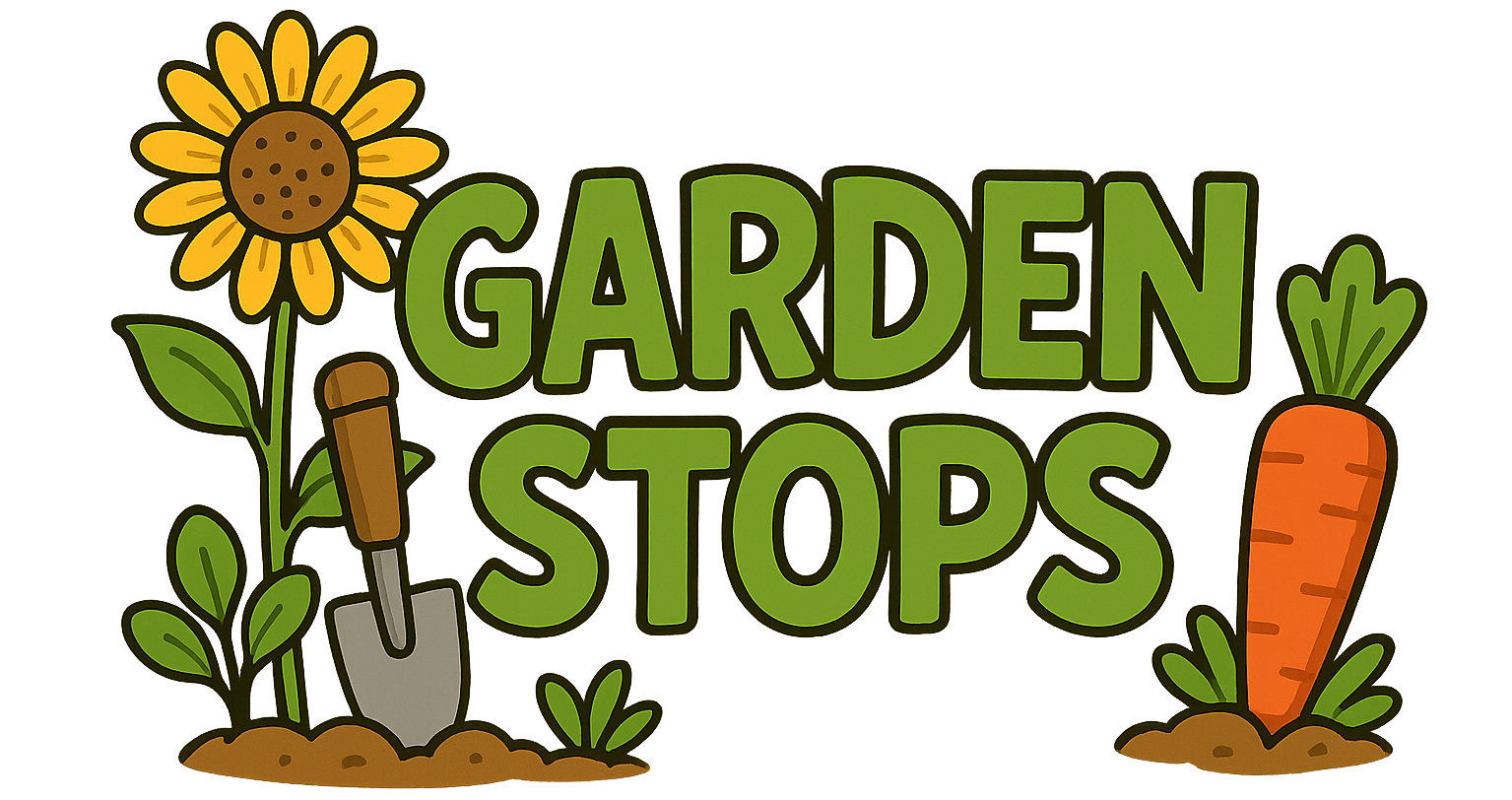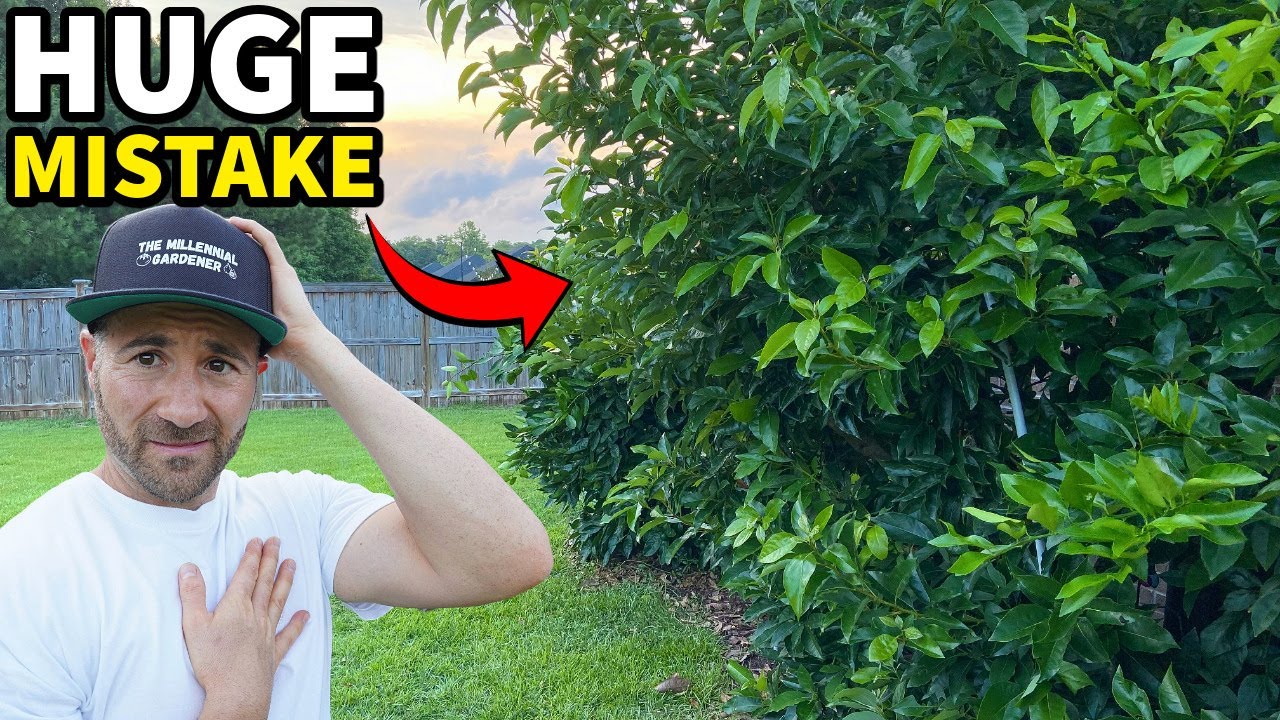Have you ever planted fruit trees only to realize later that they weren’t the right fit for your backyard? In this post, I’ll share the biggest mistakes I made, including three fruit trees I regret planting. Learn from my experience so you can avoid making the same errors and create a more fruitful, enjoyable outdoor space.
Introduction
If you’ve ever tried to cultivate a lush, Eden-esque backyard only to have your dreams dashed by stubborn trees or baffling fruitless failures, you’re not alone—trust me, I’ve been there. Sometimes, the hardest lessons are hidden among the branches of fruit trees gone wrong. When I initially embarked on my backyard gardening adventure in southeastern North Carolina’s Zone 8B climate, I fancied myself a budding horticulturist, armed with optimism and a handful of shiny garden tools. But reality, as it often does, had other plans.
Enter a charming, insightful video from The Millennial Gardener, a virtual gardening sage guiding us through the trappings of fruit tree selection and care. Watching this guide was akin to finding a much-needed map after wandering aimlessly through treacherous botanical terrain. You’ll learn vital lessons—especially about three fruit trees you should absolutely avoid planting if you hope to avoid heartbreak and disappointment. It’s a must-watch before you plant anything that’s supposed to bear delicious fruit, but ends up just being a beautiful, expensive disappointment. Curious? Let’s dig into the garden of wisdom, one lesson at a time.
The Common Pitfalls of Fruit Tree Planting
Gardening is a dance, a delicate ballet between soil, climate, and—most often—the gardener’s own whims. The Millennial Gardener’s video unfurls the biggest mistakes made in planting fruit trees, guiding viewers through pitfalls that, if avoided, could save you countless hours, dollars, and frustration. One glaring lesson is about the importance of choosing the right fruit trees for your specific climate zone. In southeastern North Carolina—where humid subtropical breezes flirt with the idea of winter frost—you can’t just pick a pretty apple or cherry tree without considering whether it’s suited to Zone 8B. The wrong choice means the branches remain barren, or worse, the tree succumbs to pests and disease.
The video masterfully illustrates how many beginners—myself included—fall into the trap of planting flashy newcomer varieties without doing due diligence. The seduction of beautiful fruit trees can obscure their hardiness and soil preferences. The gardener emphasizes that patience and research are paramount, encouraging us to check local extension services and trusted sources like the author’s engaging taste test videos, such as the infamous Lila Avocado experiment, available via their provided link. You’ll find that avoiding these common mistakes can be as simple as snapping up better-adapted varieties and making smarter planting decisions from the get-go.
But perhaps the most amusing lesson showcased is how even seasoned gardeners forget to use the right pruning tools, like Japanese pull saws or bypass pruning shears. These might sound like gizmos from a science-fiction movie, but they are the secret weapons for keeping your fruit trees healthy and vigorous. Forgetting to prune properly can turn a thriving young tree into a spindly, disease-prone mess—a catastrophe you definitely want to sidestep. The video’s timestamps guide you through these specifics, honing your skills from novice to semi-pro in one cinematic sitting.
The pitfalls don’t end with planting—caring for the trees is equally fraught with mistakes. Organic fertilizers like True Organic All Purpose and Espoma PlantTone, alongside fish fertilizer, bone meal, and trace minerals, are recommended by the gardener to foster healthy growth. Yet, many overlook these simple steps, opting instead for chemical shortcuts that often backfire. The gardener also shares practical tips on watering and mulching, transforming what seemed like mundane chores into strategic moves that can turn a struggling sapling into a fruit-bearing marvel.
Lessons Learned From Planting the Wrong Varieties
If you’re anything like me—someone who’s bought fruit trees on impulse, driven by irresistible nursery displays—you’ll find comfort in the gardener’s candid recounting of lessons learned the hard way. For every beloved variety that flourished, there are those that barely made it past the first summer. The video highlights personal anecdotes, like how planting a misguided cherry variety in poorly drained soil resulted in a soggy, disease-ridden disappointment. These stories serve as cautionary tales, and perhaps, as a touch of comic relief when your own backyard blunders seem all too familiar.
What’s mesmerizing about the video is how it encourages us to reflect on these mistakes as essential learning points rather than failures. The gardener shares actionable advice: opt for fruit trees proven to flourish in your microclimate, invest in quality tools, and embrace organic fertilizers for sustainable growth. More importantly, one learns the value of patience, maintenance, and occasionally, pruning the trees into better shape—a task that can be deeply satisfying when it yields slow but steady progress.
Engaging with the community is another theme threaded throughout—the gardener’s social media links, merchandise, and even a friendly call to comment or ask questions reinforce that gardening is a shared journey. It’s about learning from each other’s mistakes, celebrating the successes, and not taking oneself too seriously when a tree stubbornly refuses to produce anything worthwhile.
Tips for Better Fruit Tree Choices and Garden Success
Now that I’ve learned what not to plant and how to nurture what I do choose, the landscape of backyard gardening looks a little brighter, a little clearer. The video impresses upon viewers that selecting better-suited fruit trees—say, hardy figs or certain pear varieties in Zone 8B—can be transformative. It’s akin to choosing the right partner—sometimes, you need to do your homework before taking the plunge. The gardener strongly advocates for the use of specific pruning tools, like Japanese pull saws and bypass pruning shears, which masterfully slice through branches and help maintain the perfect shape.
In terms of fertilization, organic options like Espoma PlantTone and True Organic All Purpose fertilizer become your allies—they’re not only more environmentally friendly but also more effective in creating resilient, tasty fruit. Layering this with strategic watering, mulching, and pest management turns your garden into a thriving haven. The gardener’s tips aren’t just botanical; they’re philosophical, nudging us to slow down, observe, and adapt. Gardening is a voyage, and every mistake is essentially a step toward becoming a more successful, confident fruit tree cultivator.
Moreover, the video encourages viewers to join its creator’s gardening community via Amazon shopping, merchandise, and social media. It’s more than just a video; it’s a portal into a supportive network of fellow enthusiasts eager to exchange tips, swap recipes, and celebrate each other’s botanical triumphs. The sense of camaraderie and shared experience can make even the most thorny pruning session feel like a bonding adventure rather than a chore.
Frequently Asked Questions
Q1: What are the three fruit trees I should avoid planting in my backyard according to the Millennial Gardener?
A1: The video highlights common pitfalls with specific fruit varieties—particularly those ill-suited for southeastern NC’s climate. While it doesn’t list exact names outright, typical examples include overly tender cherries that struggle in humid weather, certain peaches prone to blight, and delicate fig varieties that can be destroyed by winter frost. The key takeaway is to prioritize fruit trees that are proven resilient in your zone, avoiding those that require meticulously controlled conditions you can’t provide.
Q2: How can I tell if my soil and climate are suitable for specific fruit trees?
A2: The gardener emphasizes understanding your USDA hardiness zone—in this case, 8B—and tailoring plant choices accordingly. Conduct soil tests, check drainage and pH levels, and compare these parameters with the recommended conditions for each tree. Additionally, local extension services or online tools can provide invaluable insights. Knowing your microclimate, including exposure to wind and frost pockets, guides better selections, ensuring your trees have the best chance to thrive.
Q3: What pruning tools are recommended for maintaining healthy fruit trees?
A3: Precision tools like Japanese pull saws and bypass pruning shears are championed for their razor-sharp blades and ergonomic design. They allow for clean cuts that promote healing, reduce disease risk, and facilitate shaping. Regular pruning, especially in late winter or early spring, is vital—this video shows how well-chosen tools make the job safer and more effective, transforming what once seemed like a daunting chore into a satisfying craft.
Q4: Which organic fertilizers are best for fruit trees, and why should I choose them?
A4: The gardener draws attention to True Organic All Purpose and Espoma PlantTone as reliable options. These organic fertilizers supply essential nutrients, trace minerals, and composted goodness that bolster natural resistance to pests and diseases. Using organic fertilizers aligns with sustainable gardening practices and often yields tastier fruit, making your backyard orchard as eco-friendly as it is fruitful.
Q5: How can I avoid planting poor-performing fruit tree varieties, and what alternatives should I consider?
A5: The answer lies in research, local advice, and selecting varieties proven to succeed in your zone. Instead of impulsively buying the most colorful or exotic options, focus on those with a reputation for reliability, disease resistance, and good fruit quality. Consult trusted sources, watch expert videos, and consider experimenting with smaller, easier-to-manage varieties first. This approach minimizes disappointment and maximizes your chances for a fruitful harvest.
Final Thoughts
As I sit here reflecting on the limits of my own gardening pursuits—half-finished pruning projects, fruitless trees, and countless misunderstandings—it’s clear that a good gardener’s journey is a continuous learning curve. The Millennial Gardener’s video isn’t just a tutorial; it’s an invitation to cherish patience, embrace mistakes, and, above all, enjoy the process. Before planting your next tree, take a moment to see beyond its glossy veneer and listen to its needs—just as you would a friend. Because, in the end, successful gardening is less about conquering nature and more about partnering with it, one well-informed decision at a time.
Gardening, much like life, is a game of trial and error, but with a dash of wisdom—gathered from videos, community advice, and personal experience—you’ll soon find yourself sitting beneath a shade of flourishing, fruit-laden branches, smiling at the small miracle of growth. Happy planting!

